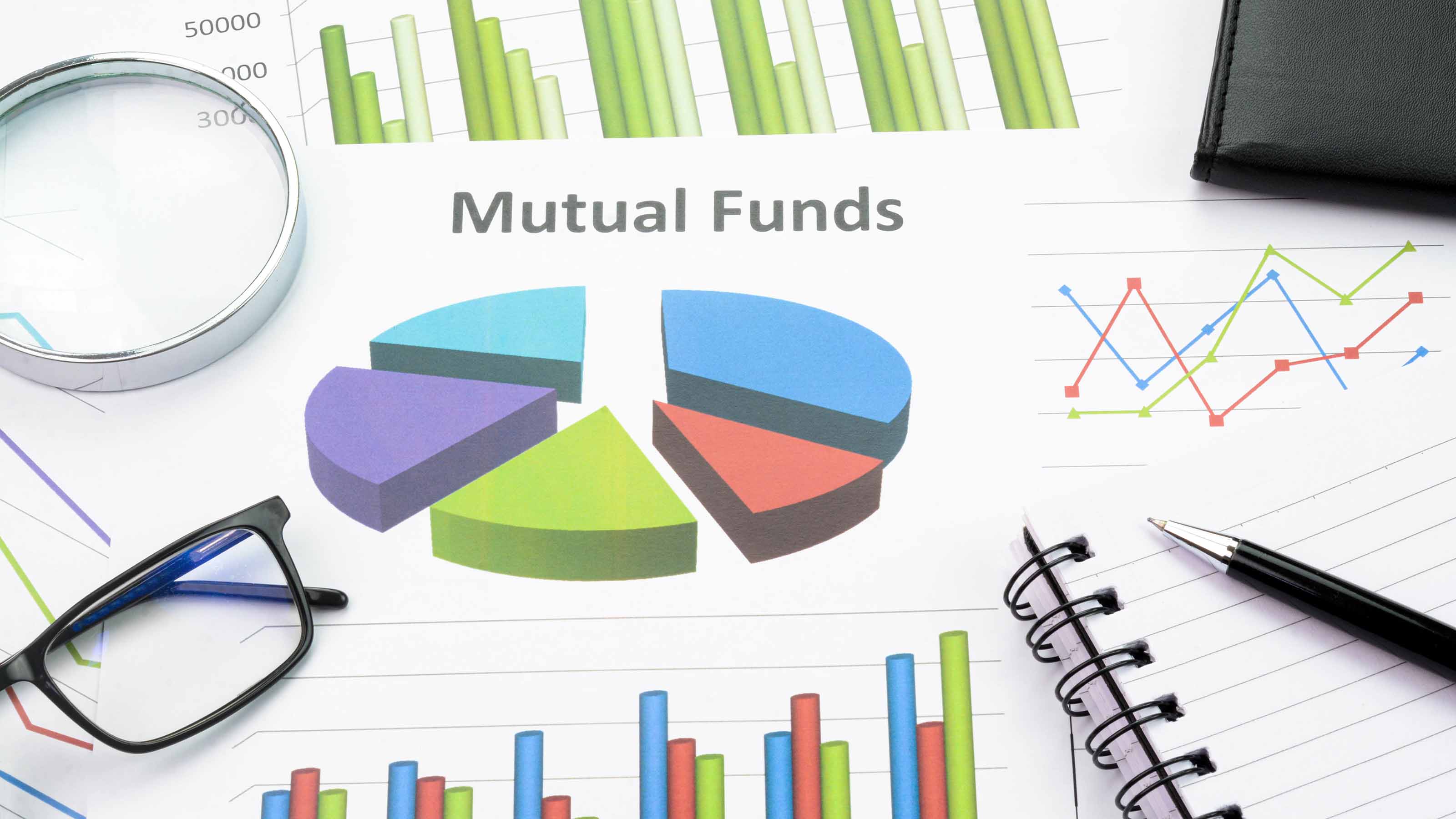Don't Give up on Dodge & Cox
The company's stock funds have had a lousy 12 months, but they are among the best large-company-value funds you can buy. Be patient.

When the markets were in free fall last February, Dodge & Cox boldly reopened two of its funds, Dodge & Cox Stock and Dodge & Cox Balanced. Now, as stocks and bonds struggle to regain their equilibrium, the firm has launched a new fund, Dodge & Cox Global Stock.
The 78-year-old San Francisco-based value shop has never tried to predict the course of the stock market or the economy. Dodge & Cox's nine managers and 37 analysts and research associates focus entirely on doing one thing well: Identifying companies with dominant franchises that are selling at cheap prices relative to earnings, sales and other metrics. The managers scoop up these stocks, then exhibit remarkable patience with them. They typically hold stocks for five to ten years.
At a time when CNBC and its ilk tempt investors to trade frenetically, Dodge & Cox is a throwback. And that's a good thing. There's little excitement here. But what's wrong with boring so long as the funds are making investors money?
From just $107.88 $24.99 for Kiplinger Personal Finance
Become a smarter, better informed investor. Subscribe from just $107.88 $24.99, plus get up to 4 Special Issues

Sign up for Kiplinger’s Free Newsletters
Profit and prosper with the best of expert advice on investing, taxes, retirement, personal finance and more - straight to your e-mail.
Profit and prosper with the best of expert advice - straight to your e-mail.
Don't expect much new from Dodge & Cox Global Stock fund (symbol DODWX), the month-old addition to the firm's stable. Most of the managers and all of the stocks, at least initially, will be drawn from the firm's older siblings, Stock (DODGX) and Dodge & Cox International Stock (DODFX), both members of the Kiplinger 25.
The main advantage -- or disadvantage, depending upon your point of view -- of the new fund is that it adjusts the percentage of foreign stocks and U.S. stocks for you -- based on what stocks it finds most attractive. It will also avoid the overlap problem that investors face if they buy both Stock and International (Stock has 19% of its assets in foreign stocks, according to Morningstar, and all of its overseas holdings are also in International).
All five Dodge & Cox funds boast excellent long-term records. Over the past ten years, Stock has returned an annualized 10% through May 30, putting it in the top 2% of large-company-value funds. Over the same period, Balanced (DODBX) has returned an annualized 9%, placing it in the top 3% among moderate allocation funds. And newcomer International Stock, which was launched at the end of 2001 in the teeth of a vicious bear market, has returned an annualized 25%, putting it in the top 3% of foreign large-value funds, according to Morningstar.
Expenses are among the lowest in the industry. Balanced and Stock each charge 0.52% annually and International charges 0.66%. Dodge & Cox Income (DODIX), a first-class bond fund, charges 0.44%.
About the only thing to worry about is the funds' popularity. At the end of 2007, the firm was managing $155 billion in stock money. That's a lot of money, but it should be manageable for a firm that trades so infrequently and has a large crew of analysts.
Dodge & Cox has shown before that it will close its doors to new money if it thinks continued inflows could hurt existing shareholders. The firm shuttered Stock and Balanced in 2004 as money cascaded in after the funds performed superbly during the 2000-2002 bear market. "We had days we were getting hundreds of millions of dollars into these funds," says Charles Pohl, the firm's chief investment officer. "We wanted to make sure we didn't end up managing too much money."
The reverse was happening early this year when the firm reopened the two funds. Money was flowing out as the market fell. Since reopening, Pohl says, inflows and outflows have about evened out.
Why are investors fleeing? Because recent performance has been stinky. Over the past 12 months, Stock has fallen 13% and International has lost 3%, including 11% in the first quarter of this year alone.
But Dodge & Cox has always encountered long rough patches. It's a hard-core value shop, and, as such, performance is streaky. Stock trailed Standard & Poor's 500-stock index every year from 1995 through 1999. It also lagged the Russell 1000 Value index for most of those five years. Stock also finished behind the S&P 500 every year from 1988 through 1991.
Looking through Stock's portfolio, you can always find some real dogs. It holds the likes of Citigroup (C), General Motors (GM), Motorola (MOT), Wachovia (WB) and Sprint Nextel (S) -- why would anyone hold onto losers like these? Despite their obvious flaws, all will prove their worth over time, Pohl says. And as for financial companies specifically, he concedes, "There's always a lot of guesswork; you never exactly what they're doing."
To stick with Dodge & Cox funds, you have to have faith that the firm's stockpicking approach will ultimately pan out. The firm's culture appeals to me -- and is similar to that of several other first-class fund companies. The firm is entirely owned by its employees. Dodge & Cox recruits many of its junior analysts right from college or business school, and most people stay with the firm their entire careers. "That's a tremendous strength, because people gain experience, and we think experience is very important," Pohl says.
Dodge & Cox is refreshingly old fashioned. At the same time, it shows no signs of falling behind the times. International has 16% of assets in emerging markets -- more than most broad-based foreign firms.
International is also among a growing number of funds that are turning bullish on the dollar -- or at least against the euro and the British pound. As of the end of the first quarter, International had hedged away 12% of its foreign currency exposure.
Steven T. Goldberg (bio) is an investment adviser and freelance writer.
Profit and prosper with the best of Kiplinger's advice on investing, taxes, retirement, personal finance and much more. Delivered daily. Enter your email in the box and click Sign Me Up.

-
 Nasdaq Sinks 418 Points as Tech Chills: Stock Market Today
Nasdaq Sinks 418 Points as Tech Chills: Stock Market TodayInvestors, traders and speculators are growing cooler to the AI revolution as winter approaches.
-
 23 Last-Minute Gifts That Still Arrive Before Christmas
23 Last-Minute Gifts That Still Arrive Before ChristmasScrambling to cross those last few names off your list? Here are 23 last-minute gifts that you can still get in time for Christmas.
-
 The Rule of Compounding: Why Time Is an Investor's Best Friend
The Rule of Compounding: Why Time Is an Investor's Best FriendDescribed as both a "miracle" and a "wonder," compound interest is simply a function of time.
-
 The Kiplinger 25: Our Favorite No-Load Mutual Funds
The Kiplinger 25: Our Favorite No-Load Mutual FundsThe Kiplinger 25 The Kiplinger 25 is a list of our top no-load mutual funds that have proven capable of weathering any storm.
-
 Do You Have Gun Stocks in Your Funds?
Do You Have Gun Stocks in Your Funds?ESG Investors looking to make changes amid gun violence can easily divest from gun stocks ... though it's trickier if they own them through funds.
-
 Janus Henderson Global Equity Income Fund (HFQTX) Hangs Tough
Janus Henderson Global Equity Income Fund (HFQTX) Hangs ToughKip 25 A focus on dividend payers and defensive stocks has kept the Janus Henderson Global Equity Income Fund afloat in a rough market.
-
 T. Rowe Price Small-Cap Value (PRSVX) Stands Out
T. Rowe Price Small-Cap Value (PRSVX) Stands OutKip 25 In this turbulent market, value-priced, higher-quality small caps are holding up better than their fast-growing counterparts.
-
 Kiplinger 25 Model Portfolios
Kiplinger 25 Model PortfoliosThe Kiplinger 25 Reach your investment goals with these plans using the Kiplinger 25, our favorite no-load mutual funds.
-
 ESG Gives Russia the Cold Shoulder, Too
ESG Gives Russia the Cold Shoulder, TooESG MSCI jumped on the Russia dogpile this week, reducing the country's ESG government rating to the lowest possible level.
-
 New Leadership at One of Our Funds
New Leadership at One of Our FundsKip 25 Vanguard recently announced that longtime manager Michael Reckmeyer will retire in June.
-
 The Best T. Rowe Price Funds for 401(k) Retirement Savers
The Best T. Rowe Price Funds for 401(k) Retirement SaversKiplinger's Investing Outlook A dozen T. Rowe Price mutual funds enjoy a place among the nation's most popular 401(k) retirement products. Find out which ones are worth your investment dollars.